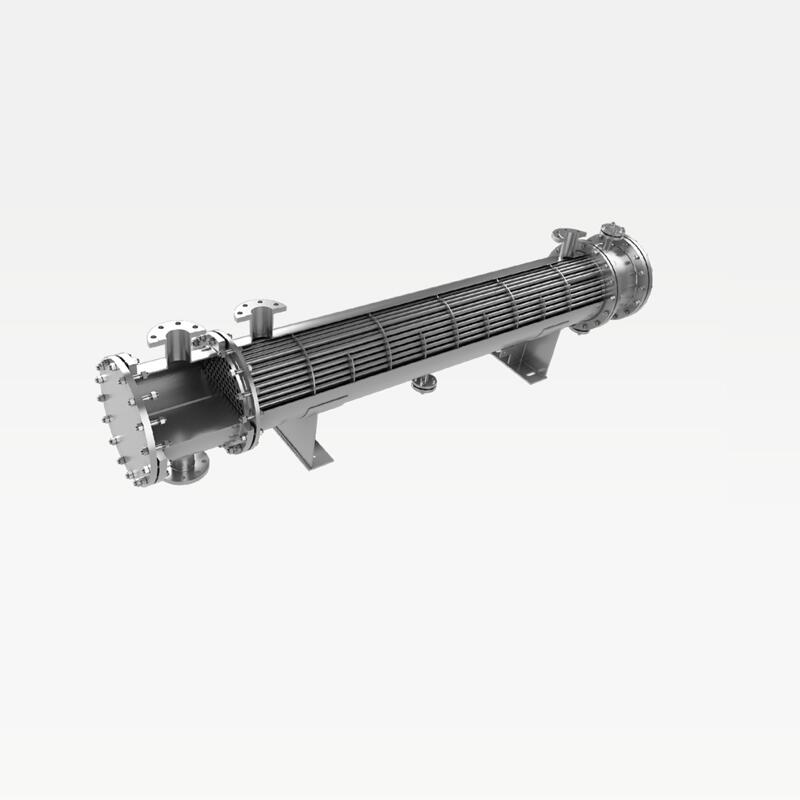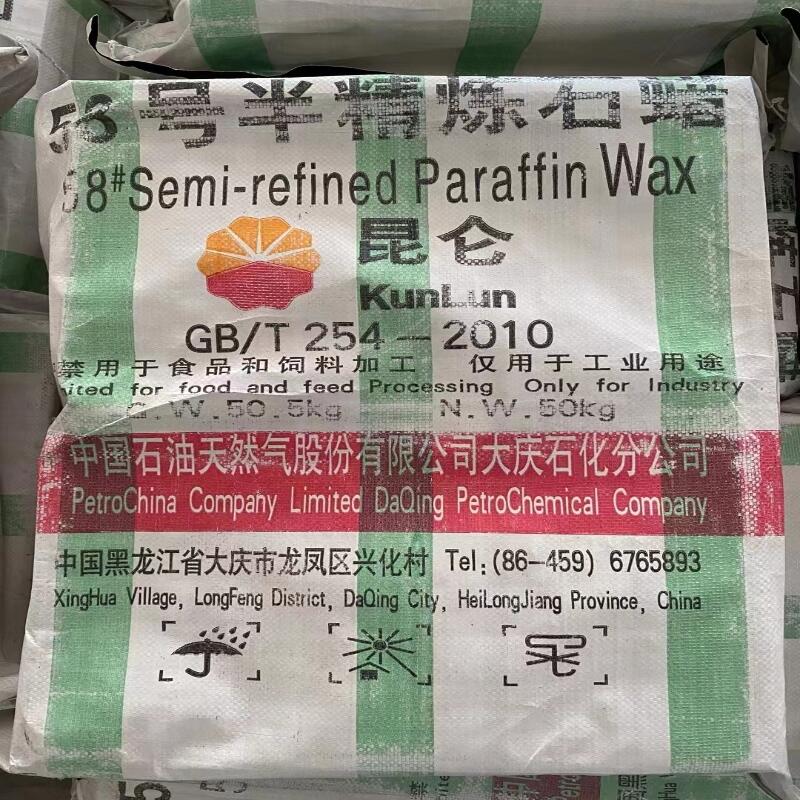-
Categories
-
Pharmaceutical Intermediates
-
Active Pharmaceutical Ingredients
-
Food Additives
- Industrial Coatings
- Agrochemicals
- Dyes and Pigments
- Surfactant
- Flavors and Fragrances
- Chemical Reagents
- Catalyst and Auxiliary
- Natural Products
- Inorganic Chemistry
-
Organic Chemistry
-
Biochemical Engineering
- Analytical Chemistry
-
Cosmetic Ingredient
- Water Treatment Chemical
-
Pharmaceutical Intermediates
Promotion
ECHEMI Mall
Wholesale
Weekly Price
Exhibition
News
-
Trade Service
Solvent naphtha, also known as petroleum naphtha, is a hydrocarbon-based solvent that is widely used in the chemical industry.
It is a byproduct of the petroleum refining process, and is produced by distilling and cracking crude oil.
The production process of solvent naphtha involves several steps, including distillation, reforming, and fractionation.
The first step in the production process is distillation, which involves separating the various components of crude oil based on their boiling points.
Solvent naphtha is produced by distilling the lighter fractions of crude oil, such as naphtha and gasoline.
This process involves heating the crude oil to high temperatures, and then separating the vaporized components as they rise to the top of the distillation column.
The next step in the production process is reforming, which involves converting the naphtha and gasoline fractions into higher-octane blending components.
This process involves the use of catalysts and high temperatures to break down the hydrocarbons into smaller molecules.
The resulting components are then further processed to produce solvent naphtha.
After the reforming process, the solvent naphtha is further processed through fractionation, which involves separating the solvent naphtha into different components based on their boiling points.
This process involves cooling the solvent naphtha to very low temperatures, and then separating the different fractions as they condense and fall to the bottom of the fractionation column.
The final product of the production process is a high-quality solvent naphtha that is used in a wide range of applications in the chemical industry.
It is a versatile solvent that is used in the production of various chemicals and materials, including plastics, detergents, and synthetic fibers.
One of the key advantages of solvent naphtha is its low toxicity and environmental impact.
Unlike many other solvents, it does not contain any pollutants or harmful chemicals, making it a safe and environmentally friendly choice for use in the chemical industry.
In conclusion, the production process of solvent naphtha involves several steps, including distillation, reforming, and fractionation.
This high-quality solvent is widely used in the chemical industry for the production of various chemicals and materials, and its low toxicity and environmental impact make it a safe and sustainable choice for use in the chemical industry.







